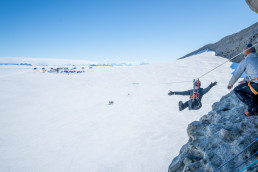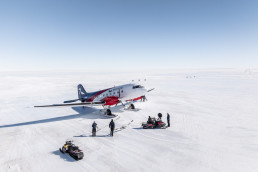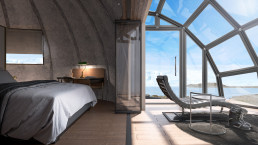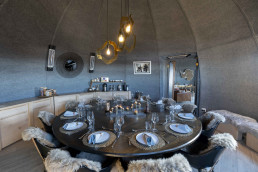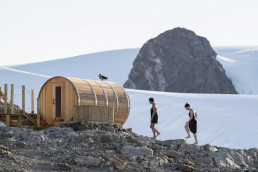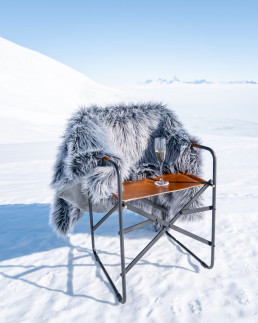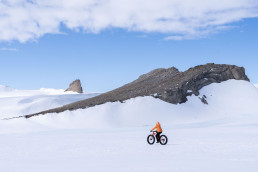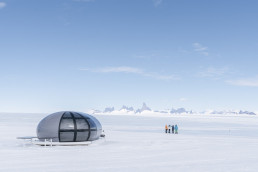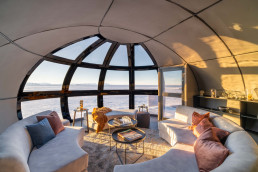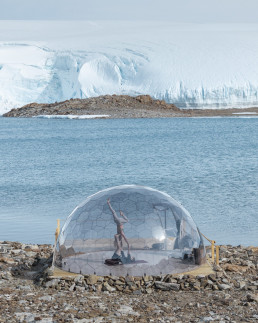
White Desert
Antarctica
Why we love White Desert
White Desert has built its reputation as a true leader in polar exploration. With unmatched logistical expertise and an unwavering commitment to sustainability, they make what once seemed impossible not just possible—but seamless, safe, and spectacular.
Antarctica remains the ultimate frontier — vast, untouched, and profoundly moving. From ice tunnels sculpted by nature to the endless silence of the polar plateau, every moment is unforgettable. White Desert offers an extraordinary blend of luxury and exploration in the heart of this remote wilderness.
Here, comfort meets conservation. At their avant-garde camps —Whichaway with its cosy, Scandinavian-inspired pods, and the futuristic, space-age Echo — guests wake in heated interiors with panoramic views, dine on gourmet meals, and relax in lounges that feel like outposts on another planet.
Each curated experience — be it visiting emperor penguins, venturing to the South Pole, or exploring ice-tunnel cathedrals — is designed to connect travellers to a landscape that is both timeless and fragile.
White Desert is committed to preserving Antarctica’s pristine environment while enabling extraordinary travel experiences. As the only carbon-neutral operator on the continent, they offset all emissions from flights, operations, and camps through accredited carbon projects.
Energy use is minimised with solar arrays, low-energy systems, and strict waste management protocols — everything, and we mean everything, is flown out for responsible disposal. White Desert also supports conservation and research, partnering with scientists and funding initiatives that protect fragile polar ecosystems.
White Desert Antarctica – where luxury and the sublime converge at the bottom of the world.
Good to know
- Camps host up to 12 guests in exquisitely appointed pods; think sauna, gourmet dining, and sweeping ice landscapes with no compromise on comfort
- Fly from Cape Town to Wolf’s Fang Runway — White Desert operates its own blue-ice runway in Antarctica and uses ski-equipped aircraft for in-camp transfers
- Trips run during the Antarctic summer (mid-November to early February), when there’s 24-hour daylight
- Carbon neutral since 2007, strong sustainability practices (waste removal, minimal footprint camps, testing sustainable aviation fuel), working under IAATO guidelines



